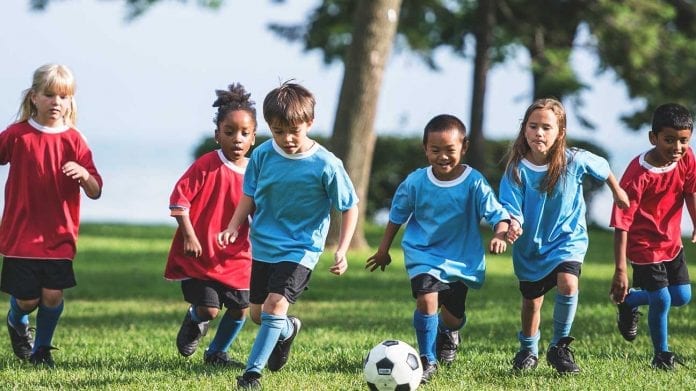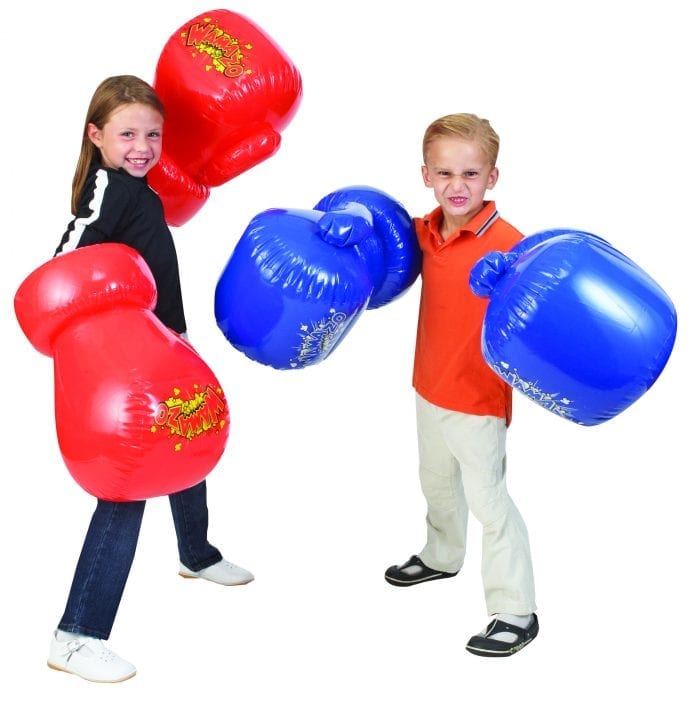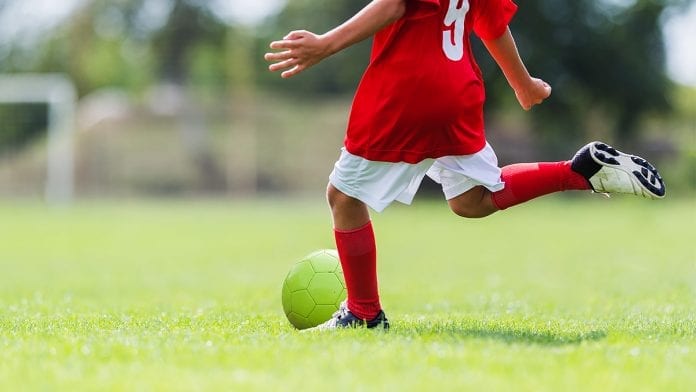In the past decade, we’ve learned a lot more about the potential risks of contact sports, but that’s mostly focused on college and professional athletes.
Even a seemingly minor concussion is considered a traumatic brain injury, and symptoms can include memory problems, attention deficits, depression, and thinking impairment.
A small jolt affecting the head can cause someone’s brain to move around, so you can see how this would be common in contact sports like football, where players’ heads will frequently hit one another.
Purdue University researchers have been looking at how concussions affect the brains of high school football players, according to attorneys at The Gomez Firm. They found during one season a single high school referred six students to them with visible concussion symptoms. Then, scientists actually discovered a total of 17 players who’d experienced brain changes based on MRIs.
Sometimes parents have a false sense of security if their child wears a helmet. Yes, helmets help, but they aren’t enough to keep an athlete altogether safe from a concussion.
As a parent, that begs the question—should you let your child play contact sports?
What’s Considered a Contact Sport?

Contact sports are high-impact, and the major ones in the U.S. are football, hockey, boxing, wrestling, rugby, and mixed martial arts.
Taking blows to the head is a part of playing these sports.
Some doctors consider lacrosse and soccer to be high-risk sports as well, even though they aren’t traditionally considered contact sports. Lacrosse has one of the highest concussion rates, and in soccer, there can be possible contact.
Non-contact sports include swimming, basketball, track and field, and tennis.
The Pros and Cons of Letting a Child Play Contact Sports

There are some medical professionals in the U.S. who will vehemently say that children under the age of 18 should not play contact sports. Some outspoken doctors have gone as far as calling it child abuse.
Other doctors say that the risks of obesity outweigh the potential risks of sports, although they admit some activities are riskier than others.
For the most part, doctors do say that the rates of concussions and significant brain injuries are lower in children and below the college level as compared to college and professional levels.
Doctors say that along with preventing obesity in children, playing sports have other benefits as well, including:
- Kids who play sports tend to have higher self-esteem
- Higher grades
- Lower risk of depression and eating disorders
- Improved social interactions
- Lower rates of teen pregnancy
While some doctors say kids shouldn’t play contact sports under the age of 18, others recommend waiting until they’re at least 14.
The reason for the 14 recommendation is that this is the age that most children have at least started puberty.
You could theoretically even ignore the age itself, but instead not let your child play contact sports until they show signs of puberty.
One reason for this is that puberty tends to correlate with a stronger neck. The stronger your neck, the more it can prevent your brain from moving around if you take a blow during a contact sport. The neck absorbs the blow, and the brain remains steadier.
This can protect a child from a concussion.
Protecting Kids Who Play Sports

If you decide that it’s right for your child to play a contact sport, there are steps you can take to help them stay safer and to protect them from a concussion, although there is still a risk.
- Make sure that your child has all the required and recommended protective gear. Children need the appropriate gear for the sport they’re going to play, and it needs to fit well, including pads, a helmet, and a mouthguard. If your child wears glasses, during sports they should wear a pair made from glass that won’t shatter.
- Your child should always play by the rules. If you worry that he or she won’t do that, they may not be ready for organized sports.
- Talk to your coach about the safety of the field itself. You might want to visually inspect it before your child plays too. It should be free of hazards including holes and debris. The venue should be well-lit.
- Your child should be taking frequent breaks when playing sports.
- If your child has other health conditions such as bleeding disorders, they should likely avoid contact sports. Speak to your child’s doctor about their recommendations before you sign them up for anything. Most sports teams do require a pre-season physical before a child can play.
- Your child should stretch and warm up every time they’re going to play. Your child should also do conditioning exercises to strengthen their muscles. The strong your child’s muscles, the less likely they are to get hurt.
- You should not let your child play contact sports with other children who are significantly bigger or smaller than them. If you see this happening, speak to the coach. Teams and play should be modified to account for the size differences in the children.
- Before your child starts playing a sport, familiarize yourself with the signs and symptoms of an injury.
- If your child does become injured, even with something that seems minor, you should make sure they have plenty of time off from the sport. If your child has an acute injury, you should make sure they are symptom-free before they begin playing again, and you should talk to their pediatrician as well.
Ultimately there’s not a right answer as to whether or not it’s safe for children to play contact sports, but increasingly parents are making that decision for themselves and rethinking it. We’re learning so much more about the potential long-term effects of sports injuries sustained in childhood and particularly head injuries.
That doesn’t mean your child shouldn’t play sports because there is a lot of value in sports for kids, but it does mean that a contact sport is the best option, at least not for younger kids.









